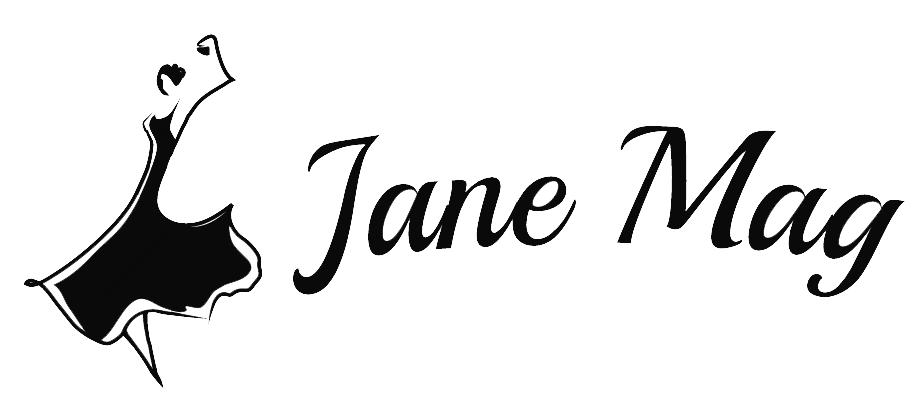Classifying retailers is the priority way to research the market and learn more thoughtfully about the client’s attitude towards services and products. Therefore, capturing “What are the four characteristics used to classify retailers?” is vital for any business owner or those who work in the business industry. If you are one of them, visiting this blog is a wise decision!
Let’s dive into our article now for more useful information.
What Are The Four Characteristics Used To Classify Retailers?
Product/ Service factor
This is the easiest resort to categorize retailers. Services retailers work with intangible goods, like hospitals, banks, transport, to name a few. Meanwhile, product retailers cope with the visible goods, for instance: supermarkets, grocery stores, clothes shops, etc.
By Ownership
Ownership is the second criteria we want to mention when someone asks us about “What are the four characteristics used to classify retailers?.”
There are four main types of retailers included in this category. Now we are going to dig deep into each of these retailers type below:
Independent Retailer
The independent retailer is a proprietor of multiple or one store, which is not part of any huge retailers or chain organizations. Its owner can be a family, two or more allies, and even a single possessor.
For instance, the majority of Indian small and medium retailers belong to this category, such as grocery shops, corner shops, general stores, etc.
Chain Store
Chain stores are the section of group retail shops run and owned by a single corporation. Moreover, these chain stores might also be a section of a voluntary or cooperative organization.
In this case, we will take the Kamath Restaurant in India as an example. The restaurant is operated by only a single owner, yet has a lot of outlets in the towns like Pune, Hyderabad, Goa, Mumbai.
Factory Outlet/Company Showroom/ Producer Owned Outlet
A company or manufacturer manages the retailing plan and builds outlets. These stores are run and owned by the producer. This form of business often appears in branded shoes, food, and garment retailers. Even the small producers provide their goods in their outlets, like dairy, bakery, etc.
For example, well-known products like Nike, Sony World, Bombay Dying, Bata, and so on are delivered through factory outlets or exclusive showrooms.
Franchisee Outlet
Producers can offer authority (franchisee) to some independent retailers. Yet, they are literally not the real owners. All franchises (independent retailers) conform to all regulations and rules set by the franchiser (the manufacturer). For instance, McDonald’s, Dr. Batra’s Clinic, Pantaloon, Benetons, to name a few.
Price Factor
The next category we choose to answer for today’s topic, “What are the four characteristics used to classify retailers?” is the price factor.
Numbers of retailing stores might charge list or normal prices, while others might regularly appraise lower than the list prices. Specifically, retailing stores that provide goods at list prices will not offer discounts following the regular costs.
All these stores charge on the list prices for their customers. At the same time, retail stores (discount stores) trade goods at low/ reasonable prices every day.
Location
Regarding this aspect, Retailers might be a part of a cluster or the freestanding store.
Freestanding Stores
Freestanding stores areunattached to any other retailers and stand-alone. They are not a cluster section and don’t also belong to any mall or shopping complex. Furthermore, freestanding stores might also be established in residential areas.
Fixed Stores
This category of retailers is a part of shopping centers, mall complexes, and many other retailers. They are a key factor of the planned shopping arcade, which includes various stores or shops to satisfy users’ demands.
In this section, HUB – the biggest shopping center in Mumbai (India) will be the best example. It contains many huge retailing outlets, like Subway, McDonald’s, Multiplex, etc.
Temporary Outlets
The last answer to the question “What are the four characteristics used to classify retailers?” is the temporary outlet.
In shopping events, fairs, and exhibitions, some stalls/shops are temporarily located for a short period. A lot of retailers set up their kiosks in specialized or general festivals. For instance, a food retailer can place his stall in food events or even agricultural fairs, further introducing his name brand to customers.
Final Thoughts
Suppose you still accompany us until these final lines. In that case, we believe that you have already had a perfect answer for today’s topic, “What are the four characteristics used to classify retailers?” which include product/service factor, ownership, price factor, and location. We hope you are also more confident to share this handy knowledge with others who have the same economic interest.
Thank you for your time. And don’t forget to follow us to have helpful information in our lives!
